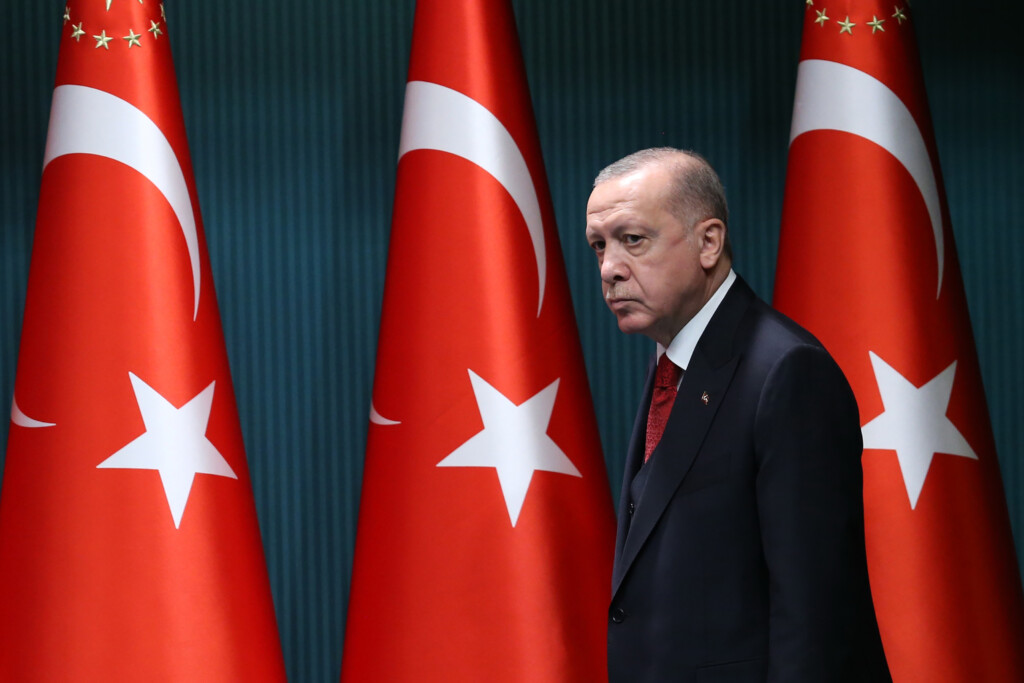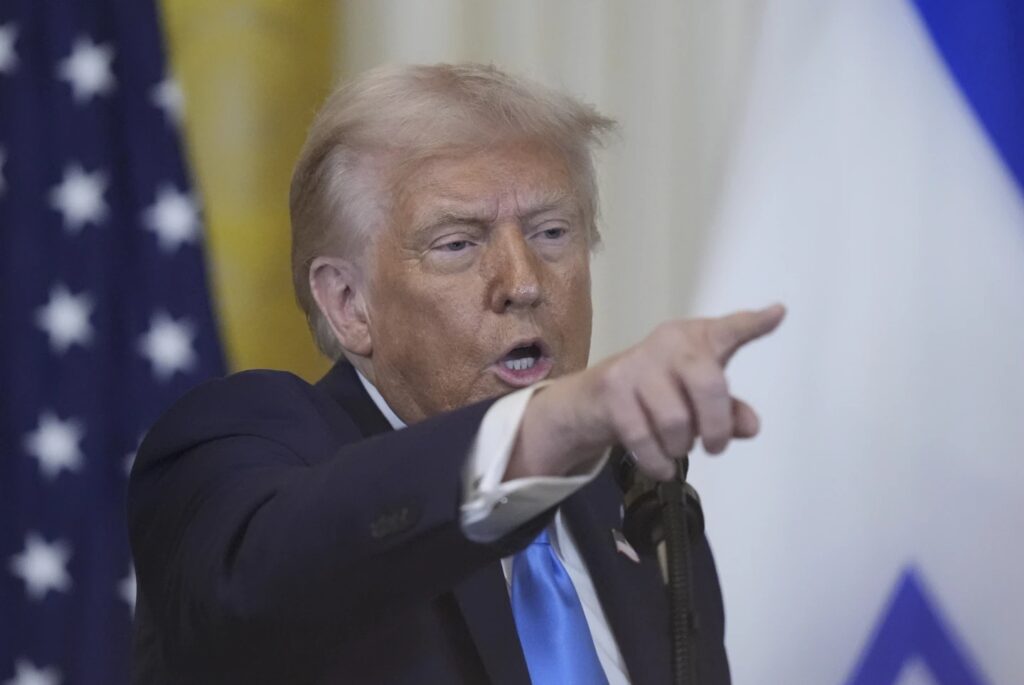Senior Iranian Regime Officials Claim Victory For The Iran-Led Resistance Axis, Saying The Palestinian Resistance Forced The Zionist Regime To Accept Ceasefire; Iran’s Apologetic Explanation For The High Price Paid By Its Proxies: The Resistance Axis Was Merely Preemptively Defending Itself Against An Imminent Attack By Israel And The West
Introduction
After the Israel-Hamas ceasefire went into effect January 19, 2025, senior Iranian regime officials, headed by Iranian Supreme Leader Ali Khamenei, praised the resistance of the Palestinian people for, as they depicted it, forcing Israel to submit to its demands and accept the ceasefire. Along with statements such as “the ultimate victory belongs to the Palestinian people,” regime spokesmen promised that the Iran-led resistance axis would be rebuilt and continue to fight to eradicate Israel and would also continue to herald the achievements of the aim of Iran’s Islamic Revolution – the imminent destruction of the State of Israel.






